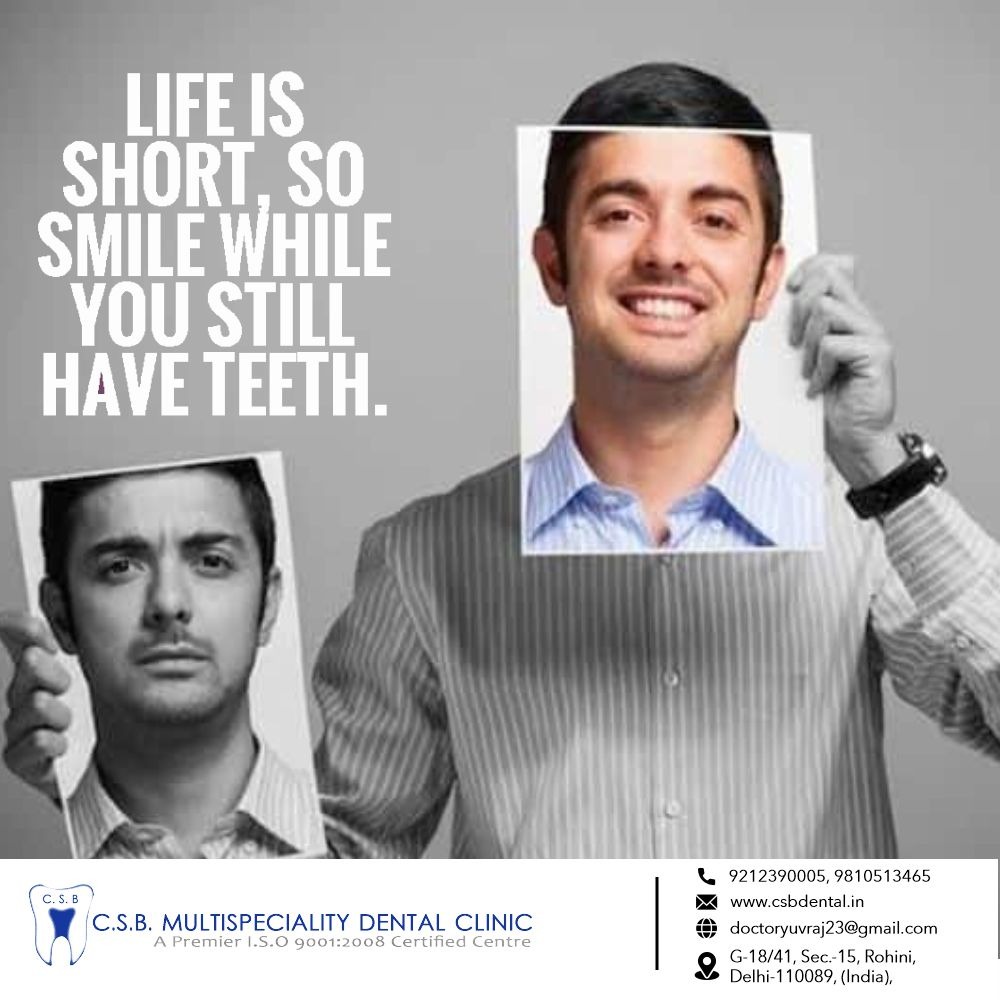Laser Dentistry
Benefits of Laser Dentistry
- Do not require stitches (stitches).
- Does not require anesthesia.
- Minimum bleeding thus inhibiting blood loss.
- The high-energy beam sterilizes the area being worked on thus minimizing the bacterial infections
- Minimum damage to surrounding tissue.
- Faster wound healing and tissue regeneration
PROCEDURES
Hard Tissue (Tooth) Laser Procedures
1. Cavity Detectionearly detection of cavities with the reading of the by-products produced by tooth decay.
2. Dental Fillings/Tooth Preparation:
They eliminate the need of traditional dental drills and are capable of killing bacteria located in a cavity.However, dental lasers are not appropriate for the replacement of amalgam fillings, onlays or crowns.
3. Tooth Sensitivity:
They seal tubules (located on the root of the tooth) responsible for hot and cold tooth sensitivity.
Soft Tissue (Gum) Laser Dentistry Procedures
1. Crown LengtheningThey can reshape gum tissue (soft tissue laser) and bone (hard tissue laser) to expose healthier tooth structure.
2. Gummy Smile:
They can modify the gum tissue to improve the appearance of a gummy smile.
3. Muscle Attachment (Frenula):
A laser frenectomy is an ideal treatment option for children who are tongue tied and babies unable to breast feed adequately due to limited tongue movement. It may also help to eliminate speech impediments.
4. Soft Tissue Folds (Epulis):
They may be used for the painless and suture-free removal of soft tissue folds often caused by ill-fitting dentures.



Leave A Message